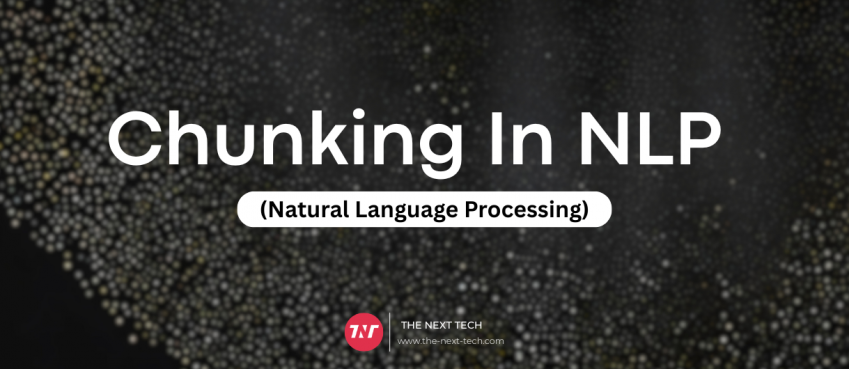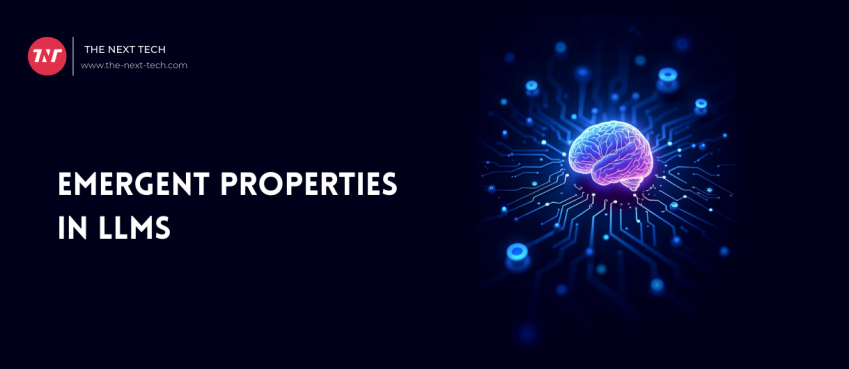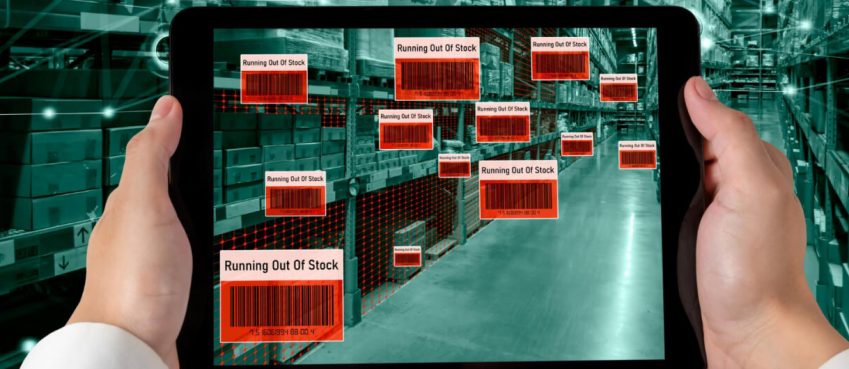
Earlier in our blog, we talked about NVMe raid mode explicating its uses, performance, and compatibility.
Today’s blog is about understanding the different sub of RAID level counting zero, one, five, six, and ten.
- Different RAID provides distinctive trade-offs.
- Few RAID subs use stripping such as RAID 0.
- RAID storage is mainly used for complex workforce.
Continue reading this article to explore RAID levels 0, 1, 5, 6, and 10 with advantages and disadvantages as well as their ideal use cases.
Also read: What Is Pokemon Sleep? The Pokemon App Will Put You To Sleep!Table of Contents
What Is RAID 0 Level?
RAID 0 uses stripping which means data is split evenly across the (two or more) disks without any common information of redundancy. It divides the data into blocks to facilitate distribution across multiple storage devices smoothly. This means that RAID 0 disks enhance read/write speed by allowing parallel access to multiple drives.
Advantages:
- It has no overhead, easy to implement and ideal for speed.
Disadvantages:
- If a single drive fails or is corrupt, leading to the loss of all data.

What Is RAID 1 Level?
RAID 1 eliminates the deficiency of RAID zero con by offering protection against a single disk failure. The RAID 1 is also known as RAID mirroring because it replicates a set of data onto two or more disks.
Advantages:
- Ideal for speed and has comparable performance to a single drive. Eventually also protection against drive failure occurs.
Disadvantages:
- The changing of RAID levels is difficult as you’ll need to power down the system before replacing the drive.

What Is RAID 5 & 6 Level?
RAID 5 and 6 are almost similar and use striping plus distributed parity. Both RAID subs parity calculate the data from two or more disks and store the result on a third drive.
It is advanced from earlier RAID levels because it gives both ultra speed and data redundancy. Another spontaneous benefit of using this RAID is that it reads and stores the data from the remaining drives when disk failure occurred.
Advantages:
- In the event of disk failure, all data remains accessible.
- RAID 5 has greater reading capability.
Disadvantages:
- RAID 5 is a bit slower in writing data.
- Data restoration may take longer.


What Is RAID 10 Level?
It is also observed as RAID 1+0 which also reflects the terminology of RAID 1 and RAID 0 which uses disk mirroring and disk striping to protect data.
So, what is the difference? The difference is that each striped set is also mirrored to provide redundancy and protection against data loss.
Advantages:
- Higher data protection and data rebuilding is fast.
Disadvantages:
- Uses higher storage capacity for mirroring.

Use Cases Of Different RAID Levels
RAID 0
As you now know that RAID level 0 is ideal for speed but not for data redundancy. It is best for professionals or solo(s) anticipated in video editing or image retouching.
RAID 1
Configuration where speed and data protection is high. The RAID level one should be ideal for critical storage systems like accounting systems.
RAID 5
Based on the structural distribution of data in RAID 5 level transcends decent performance and outstanding security which makes it ideal use for large-capacity storage requirements or cloud server storage.
RAID 6
RAID 6 data storage encompasses optimal storage capacity, robust security, and satisfactory performance. It is ideal for enterprise storage systems, database servers, and reserve large video files.
RAID 10
Its configuration leads to its supremacy in data protection and speed. Thus best for I/O extraordinary applications such as databases, email, and web servers.
Bottom Line
One thing is clear that RAID subs offer distinctive advantages aligned with some cons. One RAID level can not be well suitable for different tasks due to rigidity.
Therefore, the best RAID solution ultimately depends on individual needs and priorities. Before proceeding with the RAID storage solution, adhere to its limitations.
- Does not guarantee 100% uptime.
- Does not provide protection against human error.
- Configuration should be made completely accurate.
Setting up RAID levels is easy but should be done under superlative guidance as it could be turned risky.
Thanks for reading this blog 🙂
FYI: For more tech tips and quick solutions, follow our Facebook page, for AI-driven insights and guides, follow our LinkedIn page as well as explore our Machine Learning blogs.
What is RAID Storage?
RAID (Redundant Array of Independent Disks) storage that uses two or more disks for improved performance and speedy read/write tasks.
Does RAID 0 use striping?
Yes, RAID 0 uses a striping method in which data is scattered evenly across two or more disks.
What are the use cases of RAID 0 level?
Due to its speed offering it is best suitable for game performance, media-related tasks, scientific computing, and transactional databases.
Which is the most advanced RAID mode?
Speaking of self intelligence, RAID level five and six are conveniently the best advanced data RAID for developers and enterprise.
Which is the better RAID configuration module?
RAID with data mirroring and data striping is better RAID configuration as it provides faster read/write rates, data security against potential data loss, and more.
Top 10 News
-
01
Top 10 Deep Learning Multimodal Models & Their Uses
Tuesday August 12, 2025
-
02
10 Google AI Mode Facts That Every SEOs Should Know (And Wha...
Friday July 4, 2025
-
03
Top 10 visionOS 26 Features & Announcement (With Video)
Thursday June 12, 2025
-
04
Top 10 Veo 3 AI Video Generators in 2025 (Compared & Te...
Tuesday June 10, 2025
-
05
Top 10 AI GPUs That Can Increase Work Productivity By 30% (W...
Wednesday May 28, 2025
-
06
[10 BEST] AI Influencer Generator Apps Trending Right Now
Monday March 17, 2025
-
07
The 10 Best Companies Providing Electric Fencing For Busines...
Tuesday March 11, 2025
-
08
Top 10 Social Security Fairness Act Benefits In 2025
Wednesday March 5, 2025
-
09
Top 10 AI Infrastructure Companies In The World
Tuesday February 11, 2025
-
10
What Are Top 10 Blood Thinners To Minimize Heart Disease?
Wednesday January 22, 2025







